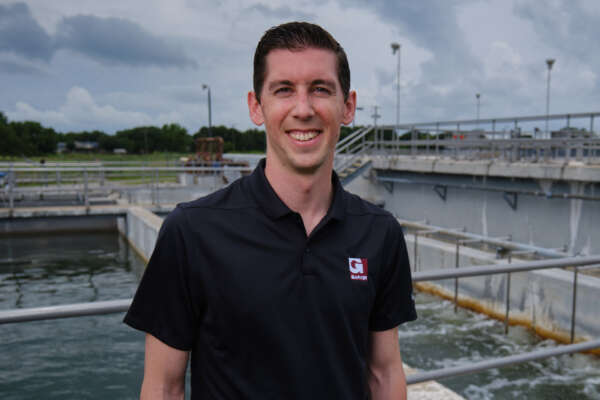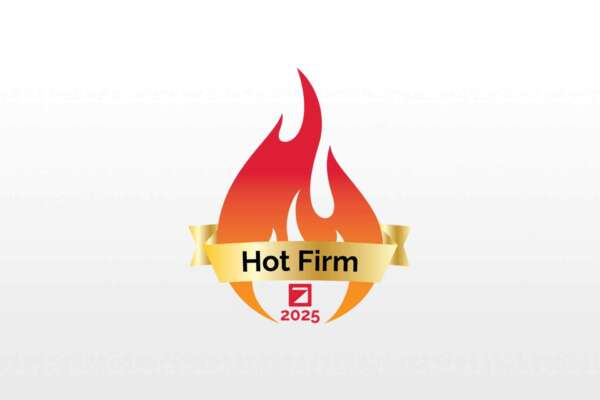Partnering with utilities to address changing regulations

In this IQ&A, Garver’s series of conversations with leading experts delivering value to communities across the country, North Carolina Water Team Leader Jonathan Williams, PE, discusses how regulations are changing across the Carolinas, how they’re impacting utilities, and what Garver is bringing to the utilities in the Carolinas to tackle these challenges.
How are regulations changing and why?
As the threats to our water supplies in the Carolinas grow, state and federal regulatory agencies are working to respond to these emerging threats through more stringent regulations. These regulations, while well intentioned, sometimes fail to address the root cause of threats to our water supplies or fall short of reasonable and practical guidance and strategies that can be realistically implemented.
On the surface, it may appear our water supplies are becoming more imperiled with each passing day. While partly true, the reality is our water supplies are in much better condition now than before the passage of the Clean Water Act.
However, as time passes and populations grow, and development increases, we become more of a consumer economy with new threats emerging, making water supplies more vulnerable and more unpredictable.
Some of these threats are new, but many have been present for quite some time. However, with technological advances, we’re now able to better detect, classify, and understand their impact. In recent years, we’ve faced a litany of new and proposed regulations aimed at addressing these threats, such as:
- Lead and copper - EPA’s revised Lead and Copper Rule
- Contaminates of Emerging Concern - EPA’s lifetime health advisory limits on PFAS compounds
- Nutrient loading in water supplies - NCDEQ’s Jordan Lake Rules, Falls Lake Rule, High Rock Lake Nutrient Criteria, Lower Catawba TMDL
- Cyanobacteria/microcystin and Harmful Algal Blooms in lakes and reservoirs
- Risks from waste lagoons
- Effects of droughts, floods, rising sea levels, and impacts from saltwater intrusion
How is the evolving regulatory landscape of the Carolinas impacting utilities?
From the list above, you’ll see for almost all these threats, water and wastewater utilities are not the root cause of the problem. However, utilities are left to bear the burden and cost of the impacts, as each ultimately leads to a higher cost of service and a higher level of public scrutiny.
To address these threats and regulations, utilities are faced with stricter permit limits, requirements for upgrading treatment technology and infrastructure, and in some rural areas, forced to regionalize and consolidate because the cost to serve is simply too high to be a viable utility.
What is needed to address this problem?
Money, money, money. With each new regulation enacted at the state and federal levels, the impact to utilities across the Carolinas becomes more potent. Already faced with aging infrastructure, rising cost of service, supply chain issues, and workforce shortages, the reality is our utilities need additional funding.
However, while funding is necessary, there are other ways to tackle these threats. Common sense and collaboration are a great start. You see, our utilities and their customers should share in the responsibility of providing high quality water – key word – “share.” When industry, agriculture, development, and other root causes of our water supply vulnerabilities are made to share the moral and financial responsibility for the long-term health, management, and treatment of our water sources, we’ll have found an equitable solution to this complex problem.
Throughout the Carolinas, groups of utilities are bringing stakeholders together for the ultimate benefit of our water resources. These groups are working together to bring folks to the table to collaboratively plan for the future of our water supplies from source to tap and back again. I’m fortunate enough to have spent most of my career working with these groups in this important effort.
How can you and Garver help utilities address these challenges?
We’re working with utilities across the nation to tackle some of the most difficult and complex water challenges. While the issues may vary by location, the core principle of providing safe, affordable, and dependable water is consistent. Leveraging our vast experience and team of industry-renowned experts from Garver’s Water Technology Team, we have the resources and passion to help you with developing practical solutions to the most complex water supply, treatment, and distribution and collection issues.
When confronted with your next utility challenge, we’re ready to partner with you in creating meaningful and lasting solutions – for the future of our industry – for the future of our water. Together, let’s leave our water mark.









Share this article